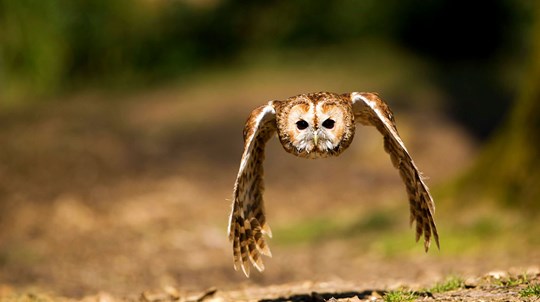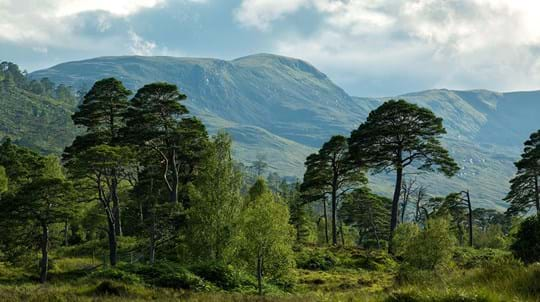
Credit: Arci Images GMBH / Alamy Stock Photo
How do capercaillie breed?
During the breeding season, which takes place in spring, male capercaillies ‘lek’ to attract a mate. Males fan their tails, puff their chests out and make strange whistling and clicking sounds in a bid to entice a female. The females watch from a perch before flying down to their chosen mate.
Following a successful mating, a nest is built on the ground using leaves, twigs, grass and feathers, in which around 5-11 eggs are laid. Chicks usually hatch towards the end of May. Their mother feeds her chicks on a diet of invertebrates and they are typically independent by September.









